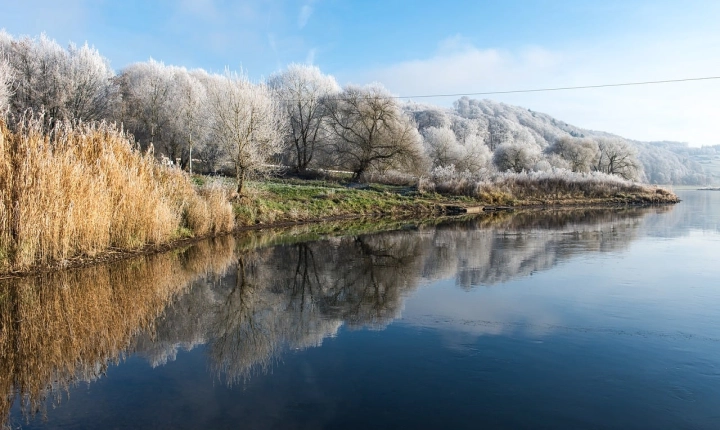Title: Exploring the Future: How to Use AI to Create Photos
In recent years, artificial intelligence (AI) has revolutionized the way we interact with technology. From virtual assistants to self-driving cars, AI has proven to be a powerful tool for enhancing efficiency and creativity. One area where AI is making significant strides is in the realm of photography. With the help of AI, users can now create stunning and realistic photos that were once only possible through extensive training and professional equipment. In this article, we will explore how AI is transforming the art of photography and provide a guide on how to use AI to create captivating images.
AI-powered photo editing tools are becoming increasingly popular among photographers, graphic designers, and digital artists. These tools leverage the power of machine learning algorithms to analyze and enhance images, resulting in professional-quality photos with minimal effort. Whether you want to retouch portraits, fine-tune landscapes, or add artistic effects, AI can provide a range of sophisticated capabilities to take your photographs to the next level.
One of the most common applications of AI in photography is the use of image-enhancing algorithms. These algorithms can adjust various aspects of a photo, such as colors, contrast, and sharpness, to create a more visually appealing image. AI can also be used to remove imperfections or unwanted elements from a photo, such as blemishes, noise, and distracting backgrounds. This level of image manipulation was once the exclusive domain of skilled photo editors, but now, AI has made it accessible to the average user.
AI is also being employed to generate entirely new images from scratch. This is made possible through the use of generative adversarial networks (GANs), a type of AI architecture that pits two neural networks against each other to create realistic images. GANs can be used to synthesize visuals that resemble natural photographs, leading to the creation of unique and imaginative images that were previously the product of human creativity.
So, how can you utilize AI to create photos? The first step is to explore the various AI-powered photo editing tools available in the market. Some popular examples include Adobe Photoshop, Skylum Luminar, and Canva, all of which utilize AI algorithms to streamline the photo editing process and deliver professional-quality results. These tools typically offer a range of features, such as automatic color correction, image upscaling, and advanced retouching, which can be used to enhance and transform your photos.
When using these tools, it’s important to familiarize yourself with the AI-powered features and understand how they can be applied to your specific creative goals. Experiment with different settings and effects to see how AI can help you achieve your desired visual style. Additionally, consider exploring GAN-based tools that can generate novel images based on your input and preferences. These tools often provide a platform for both creativity and exploration, allowing you to push the boundaries of traditional photography with AI-generated visuals.
As with any technology, it’s important to approach AI-powered photo creation with a critical eye. While AI can significantly simplify and expedite the photo editing process, it’s essential to maintain a balance between automation and creative input. Ultimately, the goal is to leverage AI as a valuable tool for realizing your artistic vision, rather than relying solely on its capabilities to define your creative output.
In conclusion, the integration of AI into the realm of photography is opening up exciting new possibilities for creators and enthusiasts alike. Whether you’re a professional photographer looking to streamline your workflow or a hobbyist seeking to unleash your creative potential, AI-powered photo editing tools offer a wealth of options to explore. By harnessing the power of AI, users can create captivating and imaginative images that push the boundaries of traditional photography, setting the stage for a future where technology and creativity converge in unprecedented ways.
